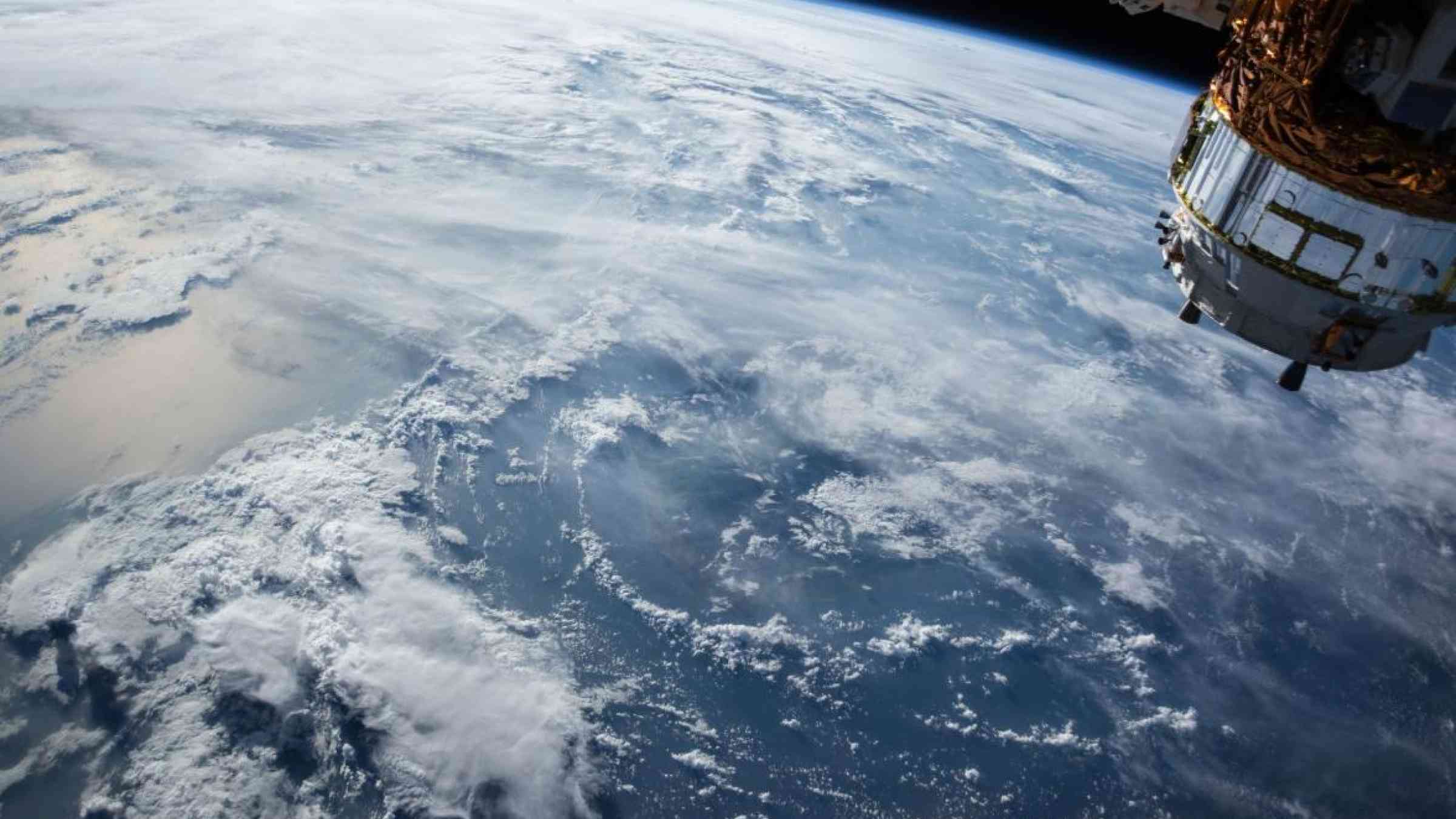WMO is concerned about impact of COVID-19 on observing system

The World Meteorological Organization (WMO) is concerned about the impact of the COVID-19 pandemic on the quantity and quality of weather observations and forecasts, as well as atmospheric and climate monitoring.
WMO’s Global Observing System serves as a backbone for all weather and climate services and products provided by the 193 WMO Member states and territories to their citizens. It provides observations on the state of the atmosphere and ocean surface from land-, marine- and space-based instruments. This data is used for the preparation of weather analyses, forecasts, advisories and warnings.
“National Meteorological and Hydrological Services continue to perform their essential 24/7 functions despite the severe challenges posed by the Coronavirus pandemic,” said WMO Secretary-General Petteri Taalas. “We salute their dedication to protecting lives and property but we are mindful of the increasing constraints on capacity and resources,” he said.
“The impacts of climate change and growing amount of weather-related disasters continue. The COVID-19 pandemic poses an additional challenge, and may exacerbate multi-hazard risks at a single country level. Therefore it is essential that governments pay attention to their national early warning and weather observing capacities despite the COVID-19 crisis,” said Mr Taalas.
Large parts of the observing system, for instance its satellite components and many ground-based observing networks, are either partly or fully automated. They are therefore expected to continue functioning without significant degradation for several weeks, in some cases even longer. But if the pandemic lasts more than a few weeks, then missing repair, maintenance and supply work, and missing redeployments will become of increasing concern.
Some parts of the observing system are already affected. Most notably the significant decrease in air traffic has had a clear impact. In-flight measurements of ambient temperature and wind speed and direction are a very important source of information for both weather prediction and climate monitoring.

Meteorological data from aircraft
Commercial airliners contribute to the Aircraft Meteorological Data Relay programme (AMDAR), which uses onboard sensors, computers and communications systems to collect, process, format and transmit meteorological observations to ground stations via satellite or radio links.
In some parts of the world, in particular over Europe, the decrease in the number of measurements over the last couple of weeks has been dramatic (see chart below provided by EUMETNET). The countries affiliated with EUMETNET, a collaboration between the 31 national weather services in Europe, are currently discussing ways to boost the short-term capabilities of other parts of their observing networks in order to partly mitigate this loss of aircraft observations.
The AMDAR observing system has traditionally produced over 700 000 high-quality observations per day of air temperature and wind speed and direction, together with the required positional and temporal information, and with an increasing number of humidity and turbulence measurements being made.
Surface-based observations
In most developed countries, surface-based weather observations are now almost fully automated.
However, in many developing countries, the transition to automated observations is still in progress, and the meteorological community still relies on observations taken manually by weather observers and transmitted into the international networks for use in global weather and climate models.
WMO has seen a significant decrease in the availability of this type of manual observations over the last two weeks. Some of this may well be attributable to the current coronavirus situation, but it is not yet clear whether other factors may play a role as well. WMO is currently investigating this.
“At the present time, the adverse impact of the loss of observations on the quality of weather forecast products is still expected to be relatively modest. However, as the decrease in availability of aircraft weather observations continues and expands, we may expect a gradual decrease in reliability of the forecasts,” said Lars Peter Riishojgaard, Director, Earth System Branch in WMO’s Infrastructure Department.
“The same is true if the decrease in surface-based weather observations continues, in particular if the COVID-19 outbreak starts to more widely impact the ability of observers to do their job in large parts of the developing world. WMO will continue to monitor the situation, and the organization is working with its Members to mitigate the impact as much as possible,” he said.

Currently, there are 16 meteorological and 50 research satellites, over 10 000 manned and automatic surface weather stations, 1 000 upper-air stations, 7 000 ships, 100 moored and 1 000 drifting buoys, hundreds of weather radars and 3 000 specially equipped commercial aircraft measure key parameters of the atmosphere, land and ocean surface every day.